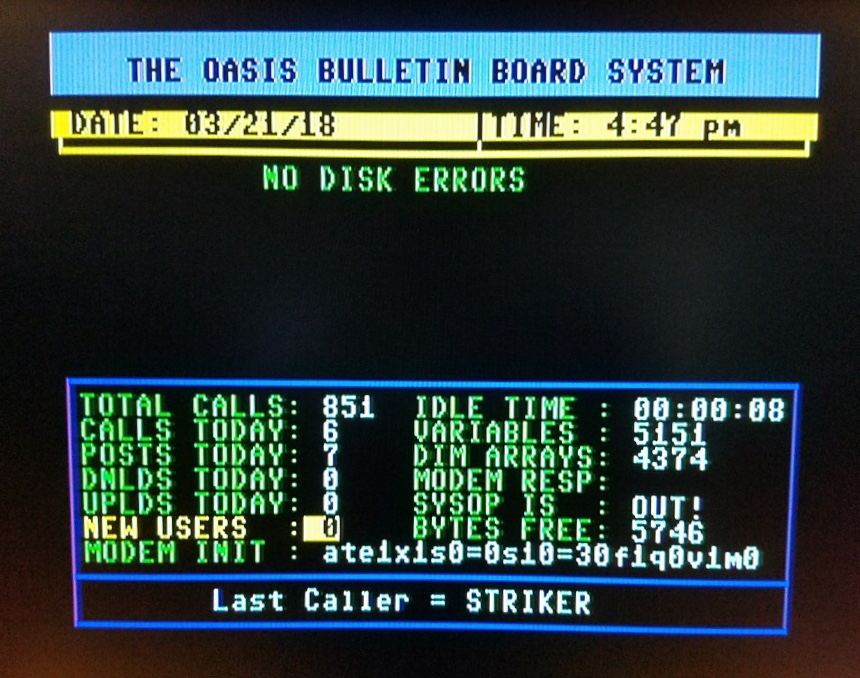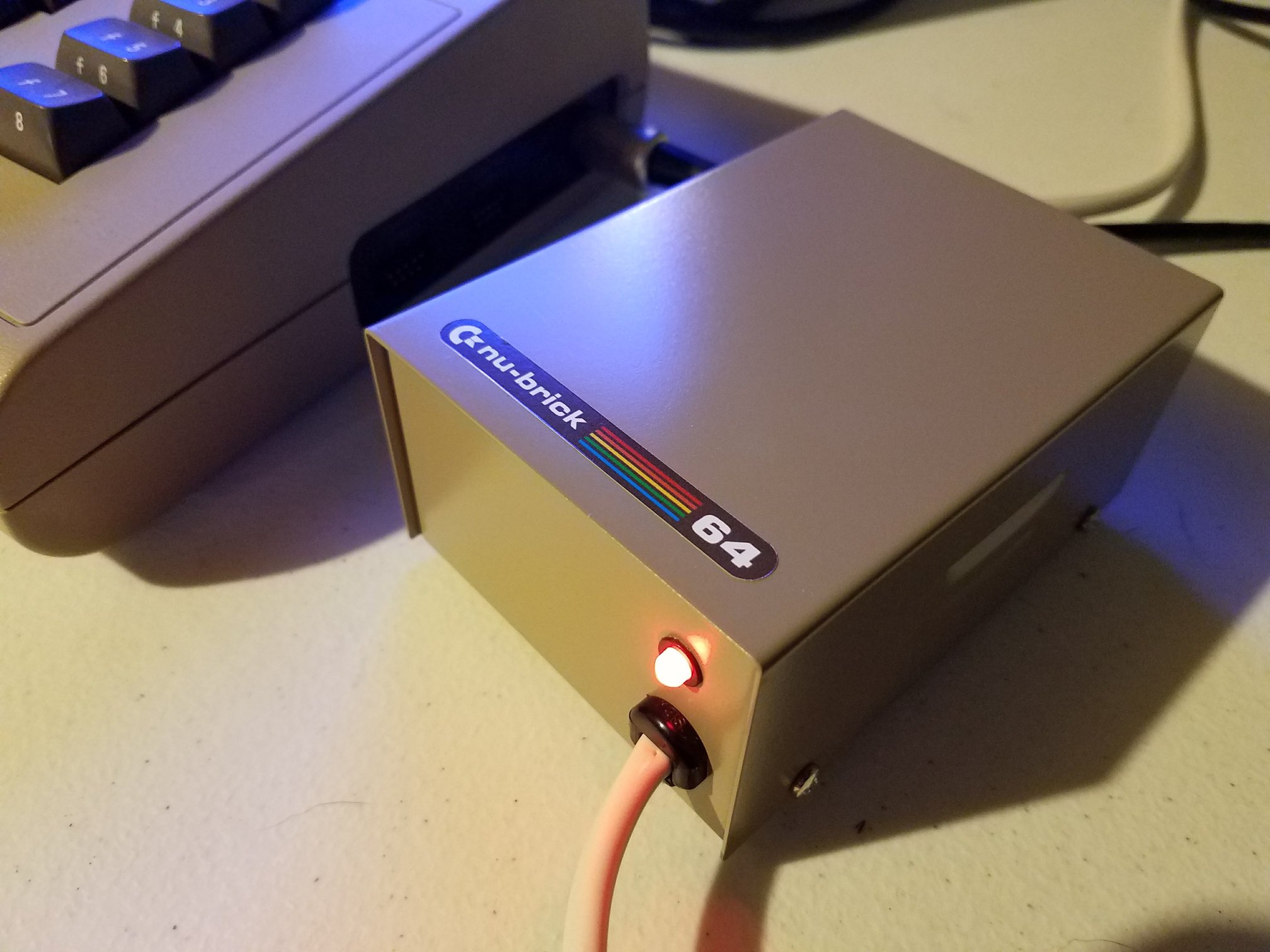The Happy Little Diodes channel returns with a fascinating experiment: building an Raemixx500 Amiga from the ground up in 2025. The project centers on SukkoPera’s open-hardware recreation of the Commodore Amiga 500+ motherboard, version 8A.1. It’s a faithful rebuild of the original hardware, offering enthusiasts the chance to resurrect an Amiga using a brand-new PCB and salvaged components from a donor board.
The host’s enthusiasm is contagious from the first scene. The blue-and-yellow Raemixx500 board gleams under the camera lights, ready for hundreds of solder joints and a lot of patience. This isn’t a quick build — it’s a test of endurance, curiosity, and deep appreciation for 16-bit history.
Sorting, Soldering, and Schematics
The video dives into the process with humor and clarity. The builder starts with resistors, carefully aligning color codes and neatly bending leads using what he calls his “leg bendy thingamajiggy.” It’s equal parts technical guide and light-hearted entertainment. As he moves through each phase, from installing capacitors and line filters to mounting sockets for the custom chips, viewers see how much work goes into reviving an Raemixx500 Amiga.
What stands out is the mix of old and new. Some parts, like line filters and connectors, can still be bought new from suppliers such as Mouser. Others — the custom chips, RAM, and video hybrid module — must be rescued from a damaged Amiga 500 board. Watching the transplant process is both fascinating and nerve-wracking, especially when rare connectors are involved.
Community Collaboration and Cost
The Raemixx500 Amiga project also shows how open-hardware collaboration keeps vintage computing alive. SukkoPera’s GitHub repository includes a full bill of materials, interactive part map, and schematics. Builders share advice, part substitutions, and troubleshooting notes across online communities.
In the video, costs are tracked carefully. Ordering five PCBs at once sets the builder back £150, and the Mouser order for new parts totals about £266. Add a £90 donor board, and the total cost lands near £500 — though it could drop closer to £200 with more salvaged parts. The transparency makes this project approachable for hobbyists planning their own builds.
The Moment of Truth
After hundreds of solder joints, the moment arrives. The freshly assembled Raemixx500 powers on, and the familiar Kickstart 2.0 ROM screen appears — albeit with a graphical glitch. The video ends on a cliffhanger, teasing the next episode, where diagnostics and fixes will be explored.
To keep the fun going, viewers can even win one of four spare boards by submitting a “wizard name” in a quirky Spectrum game competition. It’s an unexpected but perfectly fitting twist that celebrates the spirit of community tinkering and humor.







